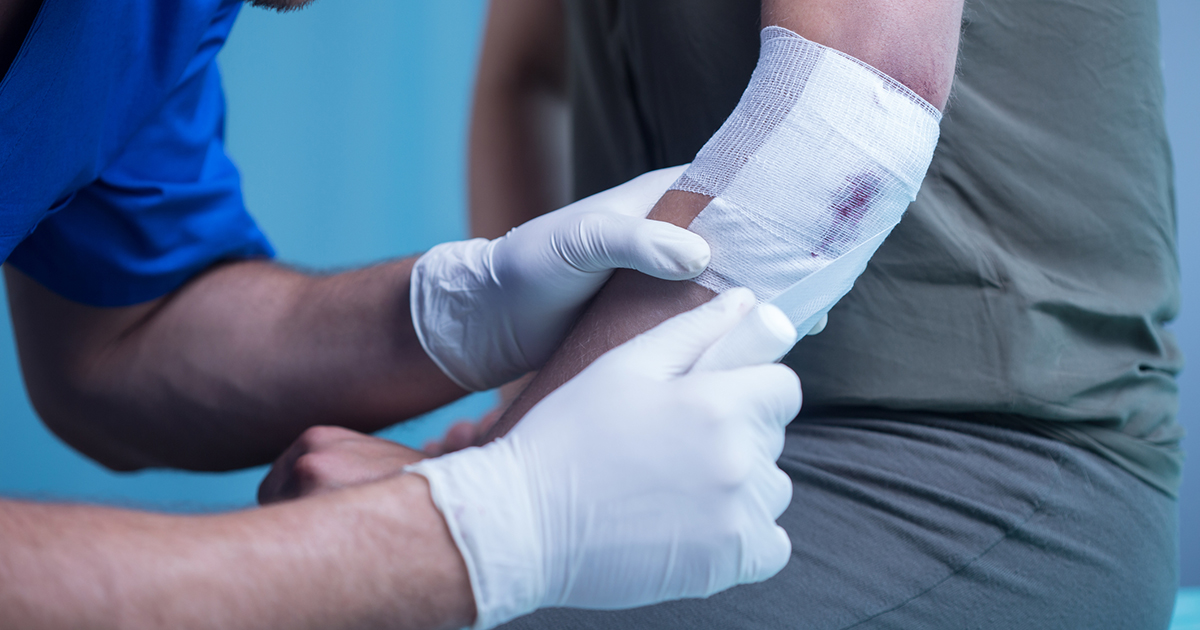Symptoms Of Hemophilia
Hemophilia occurs because there is a mutation in one of the genes that cause the protein that aids in blood clotting to work incorrectly or not at all. Only X chromosomes contain this missing or damaged chromosome. Women can pass the hemophilia gene to their offspring, but rarely get hemophilia themselves. Females seldom have bleeding problems due to hemophilia. To genetically contract this disease, both of a woman’s X chromosomes must be missing or inactive. While this disease is primarily inherited, sometimes a child remains the first person in the family to have hemophilia. Hemophilia needs to be diagnosed and treated, or hemophiliacs may have such health hazards as bleeding in the joints, bleeding that can damage the brain, and death if bleeding occurs in the brain. Here are five of the primary symptoms of hemophilia.
Unexplained Or Excessive Bleeding

Individuals with hemophilia bleed longer than others without the disorder do. Bleeds may happen internally or externally, determined by the amount of clotting material in the blood. In mild hemophilia, individuals only bleed after a significant injury, surgery or trauma. Patients who often have mild hemophilia don’t know they have the disease until they have a tooth removed, are seriously injured or have surgery. Some women won’t know they have mild hemophilia until heavy menstrual bleeding or after childbirth.
Individuals with moderate hemophilia have prolonged bleeding following injuries or have bleeds that seem to occur for no apparent reason. Severe hemophilia frequently have unexplained or excessive bleeding. This excess of blood might result in a hemophilia diagnosis if it was previously unknown before the incident occurred. When many different injuries happen, and may frequently have internal and external spontaneous bleeding episodes they need to be treated immediately.
Continue reading to discover another common symptom.
Blood In Urine Or Stool

Blood in the urine or stool can occur for many reasons, including hemophilia. If you have pink, red, or brown urine, contact your physician for further testing and treatment, as you may be bleeding internally. Gross hematuria occurs when a person can see the blood when they urinate. Microscopic hematuria is when the blood in the urine can only be seen through a microscope.
If you have specks of blood in your urine, see your doctor. They will do a medical history, physical exam, urinalysis, and may also perform other tests to determine the source of blood.
You may have a hard time seeing blood in the stool. Sometimes a test is necessary to discover whether or not you have blood in your stool. But if you have blood on the toilet paper after you have a bowel movement or see a black, tarry substance in your stool, you may be bleeding internally. Your healthcare provider will do some tests to help.
Keep reading for the next symptom.
